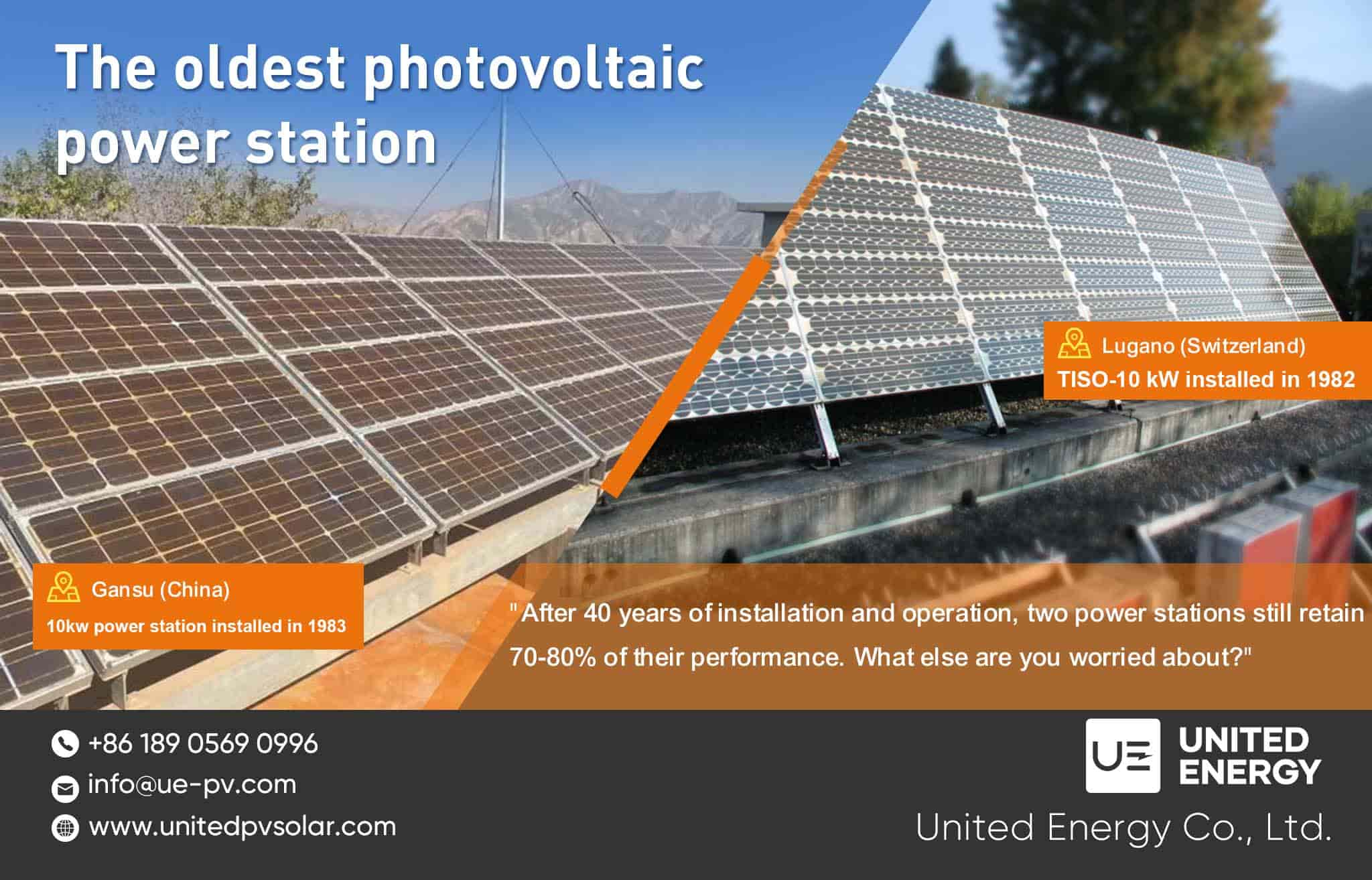Factory Audit;
Goods Inspection;
Third Party Test.
40 Years of PV Power Stations: Stories from Switzerland and China
May 11, 2024
At the intersection of technology and environmental conservation, two photovoltaic power stations in Switzerland and China have witnessed the passage of time, inscribing a glorious chapter in renewable energy with their enduring presence.
Switzerland: TISO-10 Power Station
Located in the Lugano of southern Switzerland, the TISO-10 power station sits atop the roof of the University of Applied Sciences and Arts of Southern Switzerland. This station boasts a remarkable history, being one of the oldest known photovoltaic power stations globally, having operated almost continuously for 40 years since its inception.
The Swiss Federal Office of Energy invited scientists Alessandro Virtuani and Mauro Caccivo from the Swiss Federal Institute of Technology Lausanne, along with their team, to conduct an in-depth study of this station. Spanning nearly 35 years of measurement data from 1982 to 2017, and taking two years to compile, they made astonishing discoveries.
The construction cost of the TISO-10 power station was approximately $475,000 at the time (equivalent to about $309,000 today), with the cost of all 288 modules totaling about $37 per watt. Despite changes in the electrical layout over the years, the components have remained exposed to outdoor conditions and sunlight, with only a few replacements of inverters and minor component adjustments.
Scientists found significant differences in the performance of the station's components. Through chemical analysis, they discovered that different choices of encapsulation materials had a significant impact on component performance. However, despite some issues, at least 70% of the components met the expected 35-year lifespan, demonstrating the station's reliability and stability.
China: Gansu Natural Energy Research Institute
Located in Yuzhong County, Lanzhou City, Gansu Province, the Gansu Natural Energy Research Institute houses one of China's oldest existing photovoltaic power stations. Built in 1983, this station provided electricity and illumination to 130 households in one of Gansu's poorest areas at the time, serving as a beacon of hope.
The station, which uses 36 single-crystal 102x102 velvet-face battery cells, has endured 40 years of harsh weather conditions and still maintains stable operation and continuous power generation. It proves the reliability of crystalline silicon photovoltaic products, surpassing the industry's expected 25-year lifespan.
Conclusion
The stories of these two photovoltaic power stations are not just tales of technological development but also commitments from humanity to a sustainable future. They tell us that the choice of materials, craftsmanship, and scientific research are all crucial factors in building a reliable energy foundation. In the future, we have reason to believe that photovoltaic power stations will continue to bring more clean energy and hope to our world.